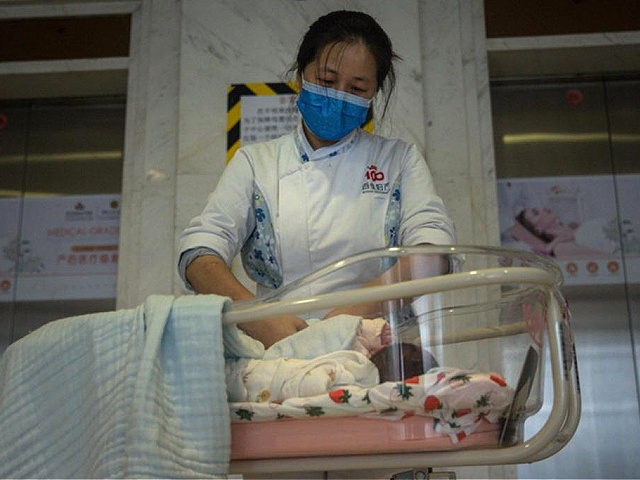China’s recent negative population growth “will be the dominant trend” in China “for a long time,” Chinese demographer Huang Wenzheng told the Global Times on Sunday.
“This is an inevitable result of a long period of low fertility rate,” Huang Wenzheng, a demography expert and senior researcher at the Center for China and Globalization, told the state-run newspaper on July 24.
Huang’s comment came shortly after Yang Wenzhuang, the head of population and family affairs at China’s National Health Commission, said on July 21 that he expects China’s population to enter a period of negative growth by 2025. Yang made the prediction during the 2022 Annual Conference of the China Population Association.
“Birth data for 2021 released by 29 provinces and regions in China so far showed that the number of new births in 2021 was the lowest in decades in several provinces,” the Global Times noted on Sunday.
The newspaper relayed the 2021 population data of some key Chinese provinces, writing:
[T]he number of births in Central China’s Hunan Province fell below 500,000 for the first time in nearly 60 years. Central China’s Henan Province, the city with the third highest population in China, had fewer than 800,000 births for the first time since 1978. The number of births in East China’s Jiangxi Province fell below 400,000 for the first time since the 1950s.
China recorded its lowest birth rate in modern history in 2021. The World Bank defines “birth rate” as the number of live births per 1,000 people in a population.
“Subtracting the crude death rate from the crude birth rate provides the rate of natural increase, which is equal to the rate of population change in the absence of migration,” according to the global lender.
China’s birth rate for 2021 was 7.52 births per 1,000 people. This figure was the lowest birth rate Beijing has recorded since China’s National Statistics Bureau began collating relevant data in 1949.
“The natural growth rate of China’s population, which excludes migration, was only 0.034% for 2021, the lowest since 1960,” Reuters reported in January citing Chinese government data.
China’s ruling Communist Party imposed a strict one-child policy on its populace from about 1980 to 2016 that encouraged abortions. Beijing originally issued the edict to combat the explosive population growth experienced by China in the 1970s. The Communist Party allowed Chinese couples to have up to two children starting in 2016 after decades of the one-child policy warped China’s population and demographics. Beijing increased this limit to three children in May 2021.
The Communist Party said it chose to loosen caps on the number of children allowed per family in 2021 to address China’s “aging population” and “promote long-term balanced population growth.”
An independent demographer named He Yafu speculated in November 2021 that China’s population may have already suffered from a decrease in its growth rate earlier that same year.
“There will be between 9.5 million to 10.5 million newborn babies this year,” He wrote on his personal social media account, as quoted by Bloomberg on November 10, 2021.
“If the number of newborns is near the lower limit of the prediction, that means the population will register negative growth as there’s been an average of about 10 million deaths a year recently,” He wrote.

COMMENTS
Please let us know if you're having issues with commenting.